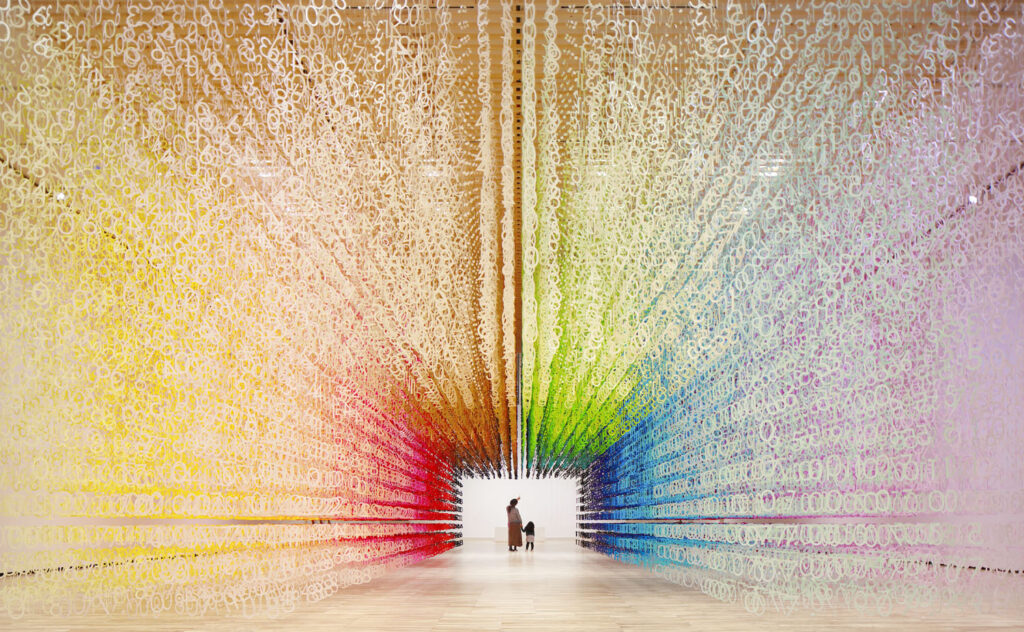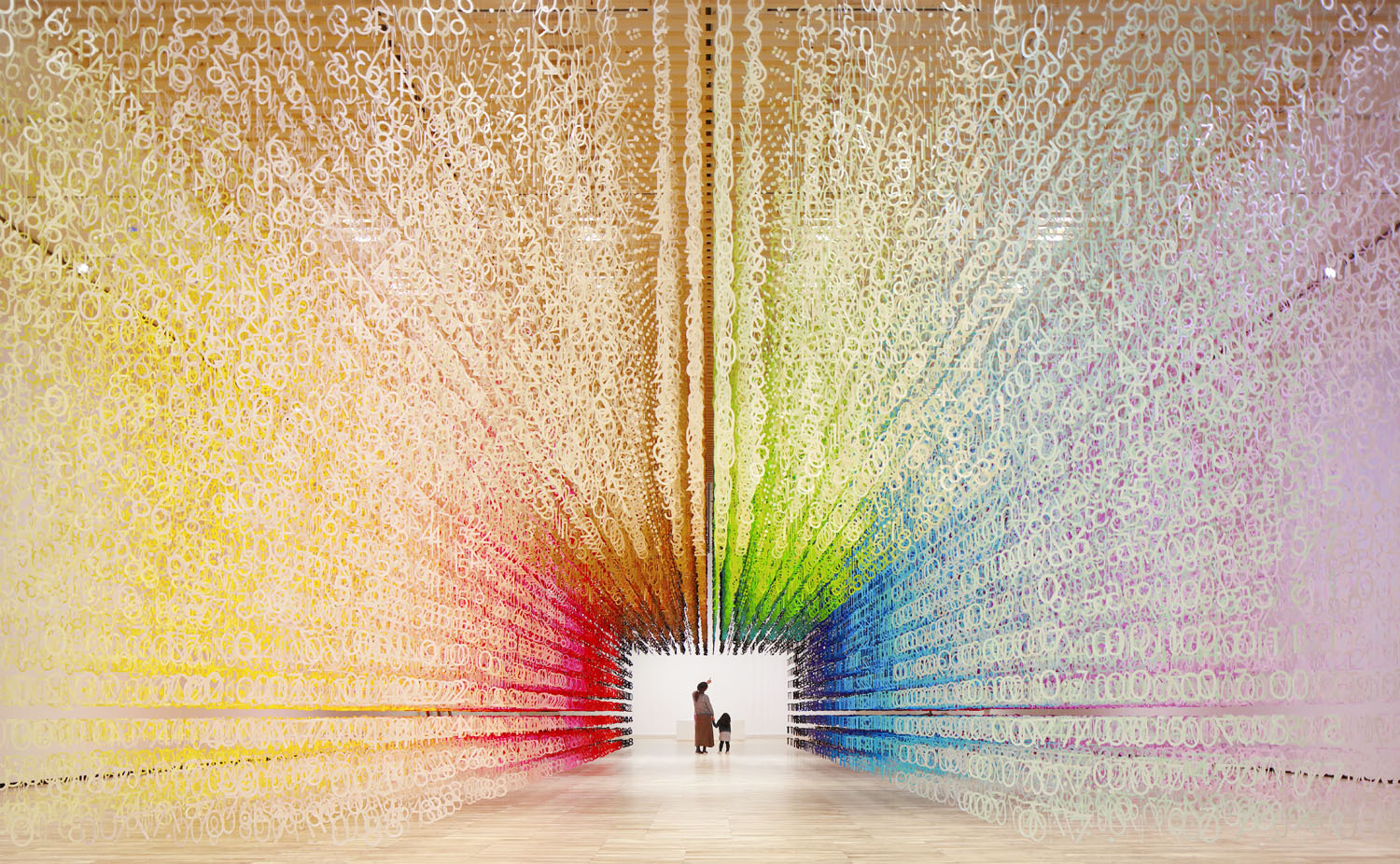Introduction
Art has the power to move us emotionally—but what if it could also stimulate all five senses at once? This is the concept behind a sensory art installation, a modern approach to art that goes far beyond visuals. These immersive creations combine sound, touch, scent, light, and sometimes even taste to engage the audience on multiple levels. Instead of simply viewing art, visitors feel it—both physically and emotionally. In this article, we’ll explore how sensory installations work, why they matter, and where you can experience them.
What Is a Sensory Art Installation?
A sensory art installation is a creative space designed to engage one or more of the human senses. Unlike traditional visual art, which relies primarily on sight, sensory installations introduce other stimuli like:
- Soundscapes or ambient music
- Tactile textures that invite touch
- Scents designed to evoke emotion or memory
- Interactive lighting or visual effects
- Occasionally, elements of taste in experimental settings
The result is a fully immersive environment that encourages exploration, play, and emotional engagement. These installations often exist in galleries, museums, or large-scale events, but they’re increasingly showing up in public spaces and wellness centers as well.
Why Sensory Art Matters in a Fast-Paced World
In today’s digital age, attention spans are short and distractions are constant. That’s why a sensory art installation is so impactful—it forces you to slow down and be present. When multiple senses are engaged, the brain processes the experience more deeply, making it more memorable and emotionally resonant.
Additionally, sensory installations have therapeutic applications. They’re often used in healthcare environments, such as sensory rooms for children with autism or Alzheimer’s patients, where multi-sensory engagement can have calming and cognitive benefits.
Notable Sensory Art Installations Around the World
Across the globe, artists are creating stunning sensory experiences that redefine what art can be. Some notable examples include:
- James Turrell’s “Aten Reign” – An installation of shifting light and color that immerses the viewer in visual and emotional sensation.
- Carsten Höller’s “Test Site” – A series of slides in the Tate Modern that blend motion, space, and touch.
- Snarkitecture’s “The Beach” – An installation filled with white plastic balls, encouraging tactile play and spatial exploration.
Each of these projects demonstrates how powerful a sensory-driven experience can be—creating not just a visual spectacle, but a full-body memory.

The Role of Technology in Sensory Art
While many sensory installations use analog elements like texture and smell, technology is often a key player in creating a seamless experience. Sensors, LED lights, ambient sound systems, and even AI are integrated to adjust stimuli in real time based on audience interaction.
For example, some installations use heat sensors to trigger specific sounds as people move through a space, or project visuals that change depending on where a person is standing. These dynamic environments make the experience feel personal, responsive, and ever-evolving.
Designing a Sensory Art Installation
Creating a sensory art installation involves much more than just choosing materials—it’s about storytelling through sensation. Artists must consider how each sense will be engaged and how the stimuli will work together. Questions they often ask include:
- What emotions should the piece evoke?
- How will visitors move through the space?
- Are all senses equally important, or should one dominate?
- Will the experience change based on the time of day or number of people?
Designing these installations requires collaboration between artists, sound engineers, lighting experts, and sometimes even psychologists or neuroscientists.
A Deeper Connection Through the Senses
What sets sensory installations apart is their ability to forge a deeper connection between the viewer and the artwork. The moment a person steps inside, they are no longer just an observer—they become a participant. The textures underfoot, the ambient sounds overhead, the aroma in the air—it all contributes to a layered, emotional experience that can’t be replicated on a screen.
This kind of art is especially meaningful in today’s overstimulated world. It invites stillness, mindfulness, and genuine human connection through something as simple, yet profound, as touch or sound.
Conclusion
A sensory art installation is more than an exhibit—it’s an experience that envelops the viewer in a world of color, texture, sound, and feeling. By engaging multiple senses, these installations create emotional depth, lasting memories, and meaningful interaction with art. Whether designed to heal, provoke thought, or simply captivate, this form of artistic expression is shaping the future of creative experiences.
You may also read this : Motion-Activated Art: Where Technology and Creativity Move Together

